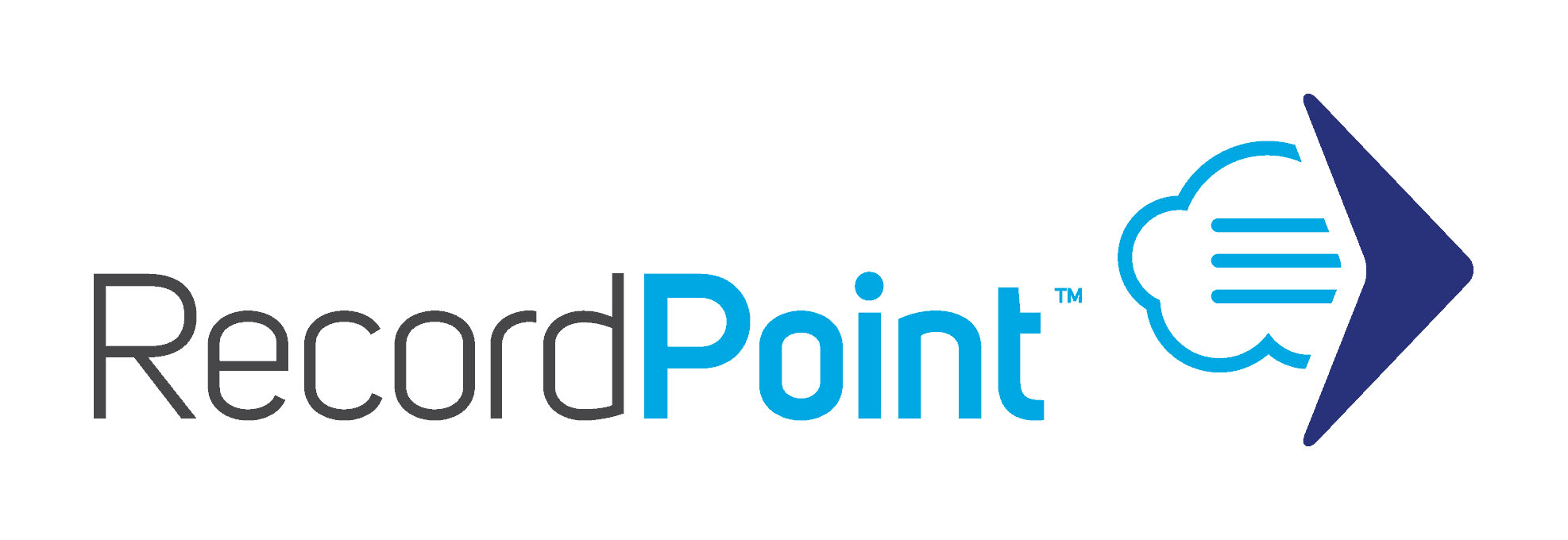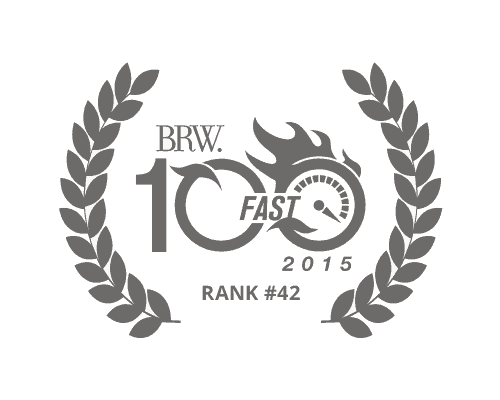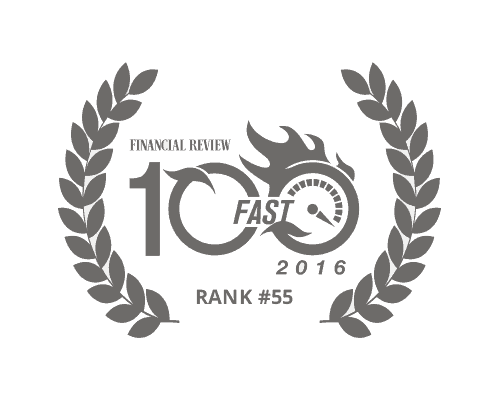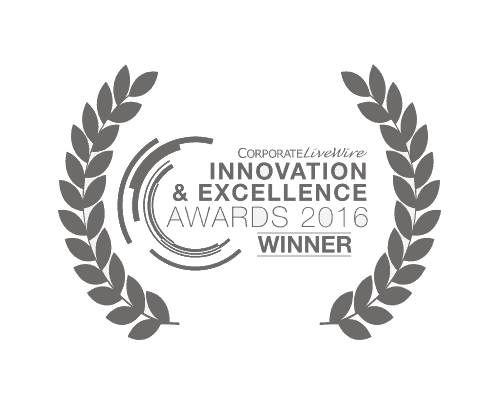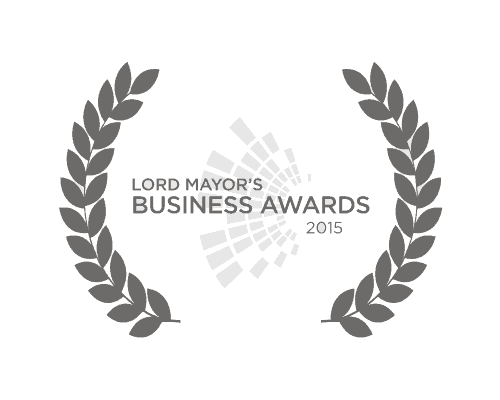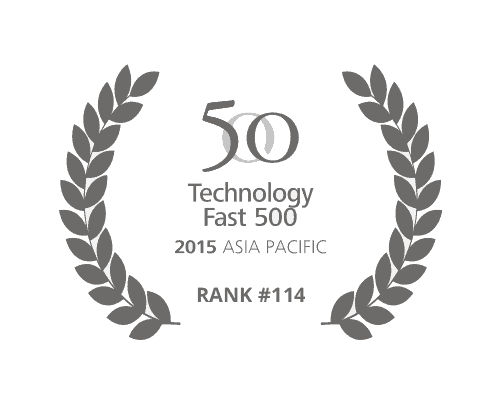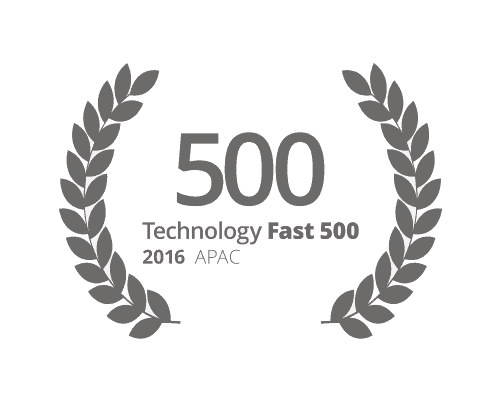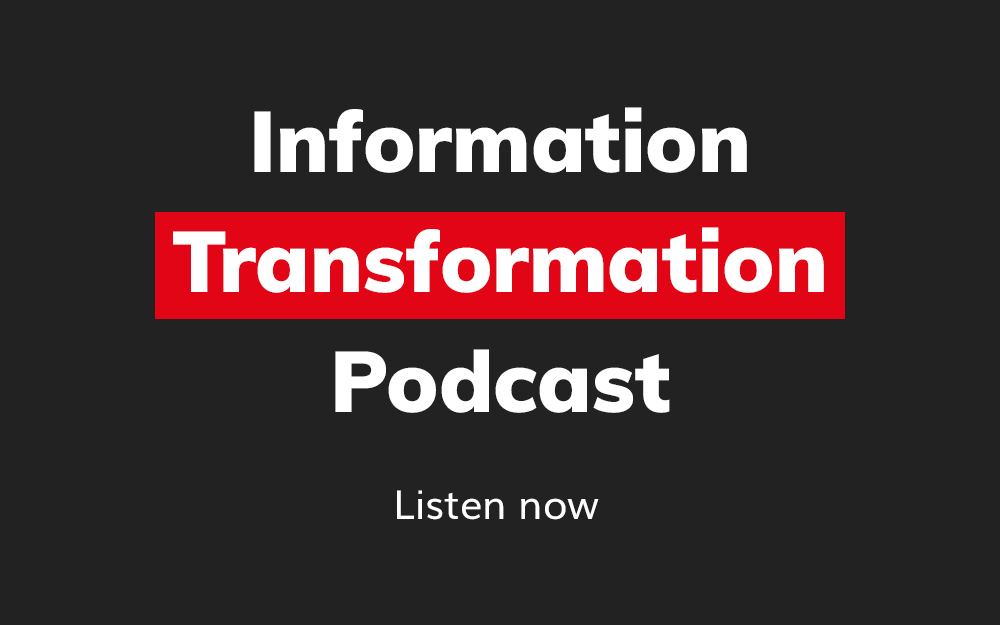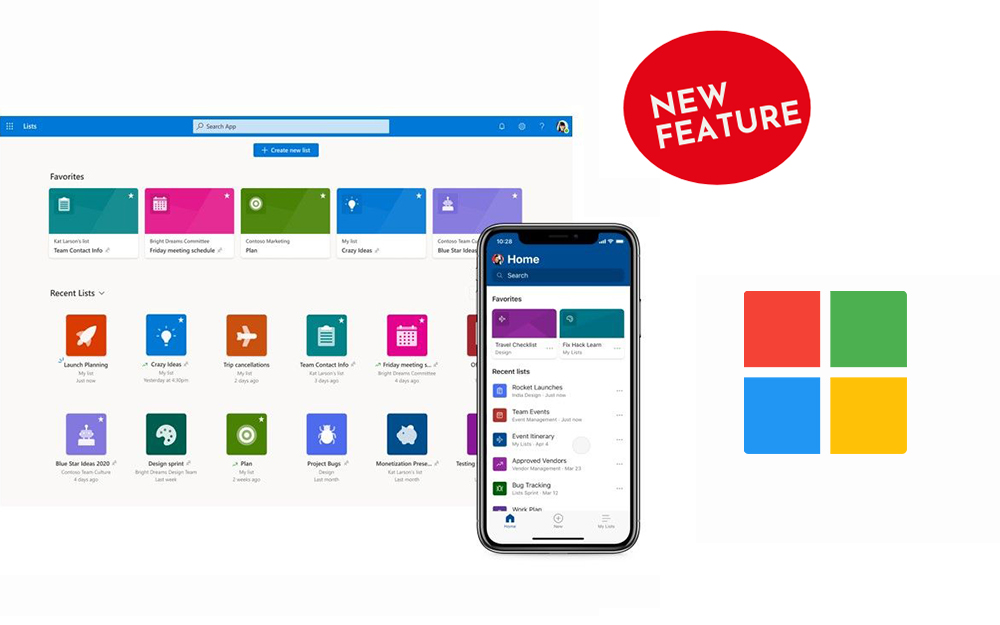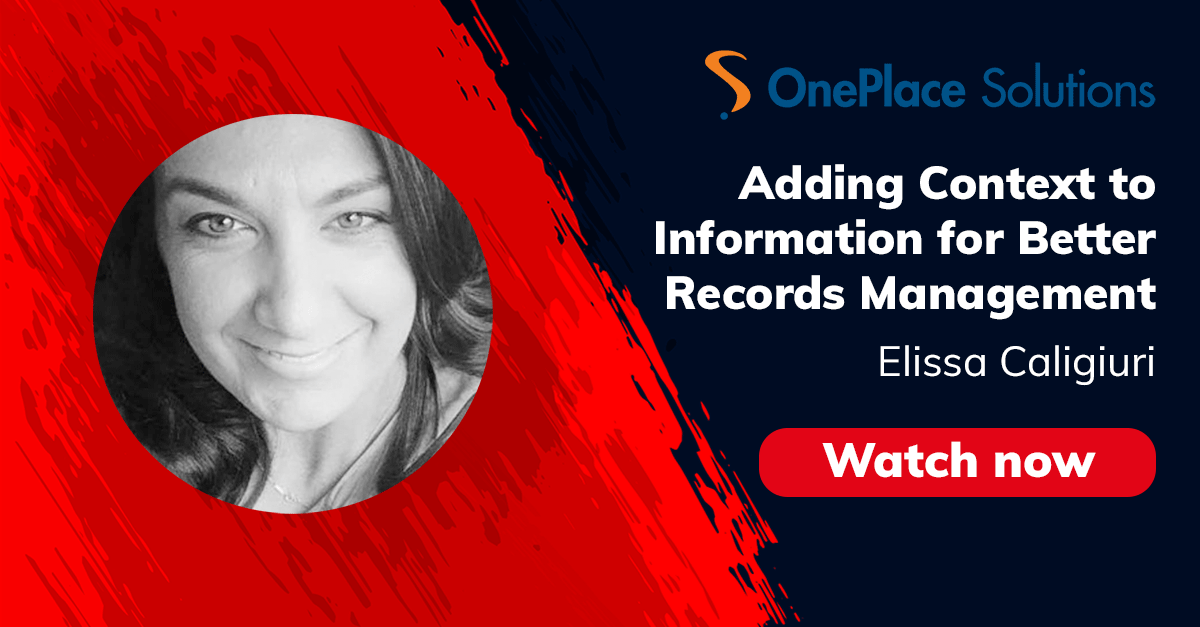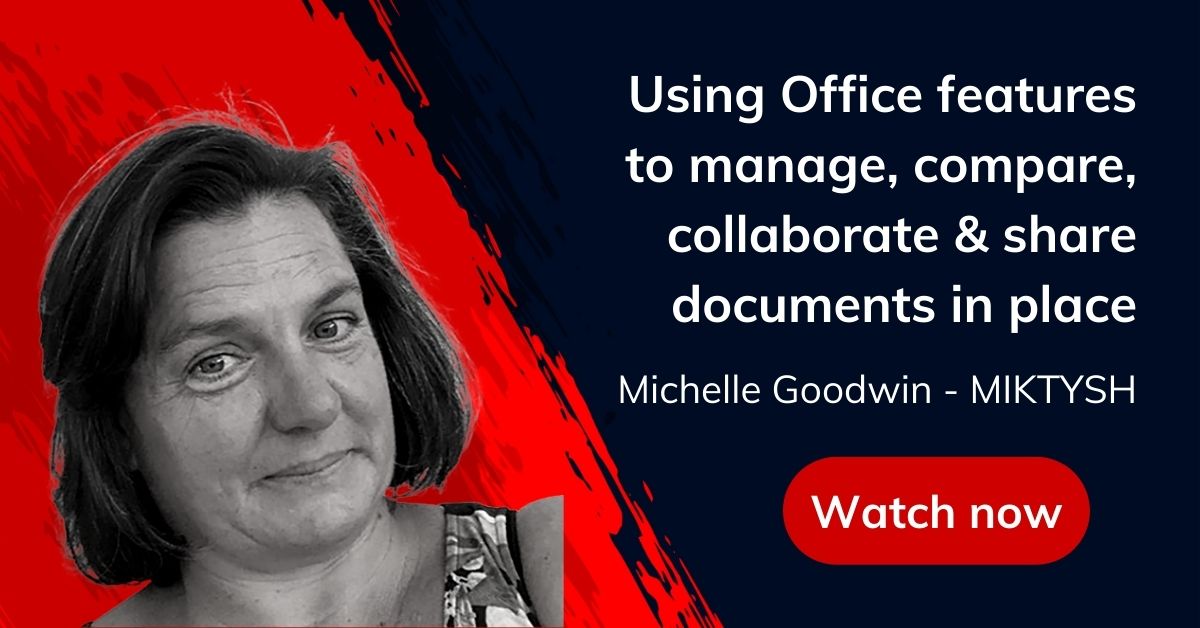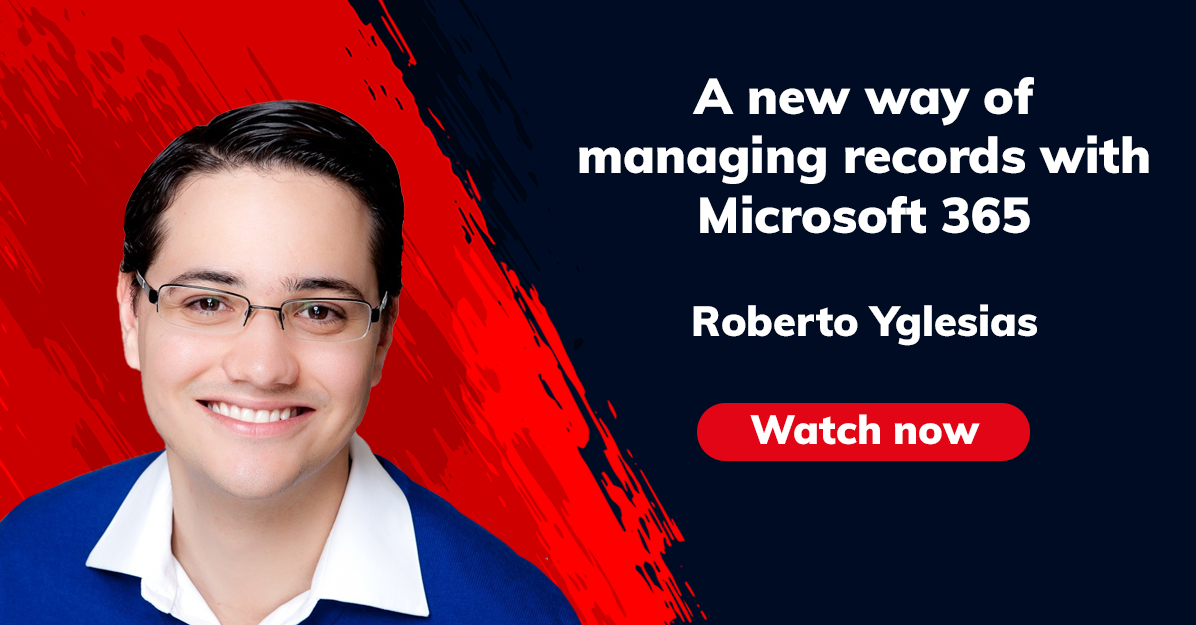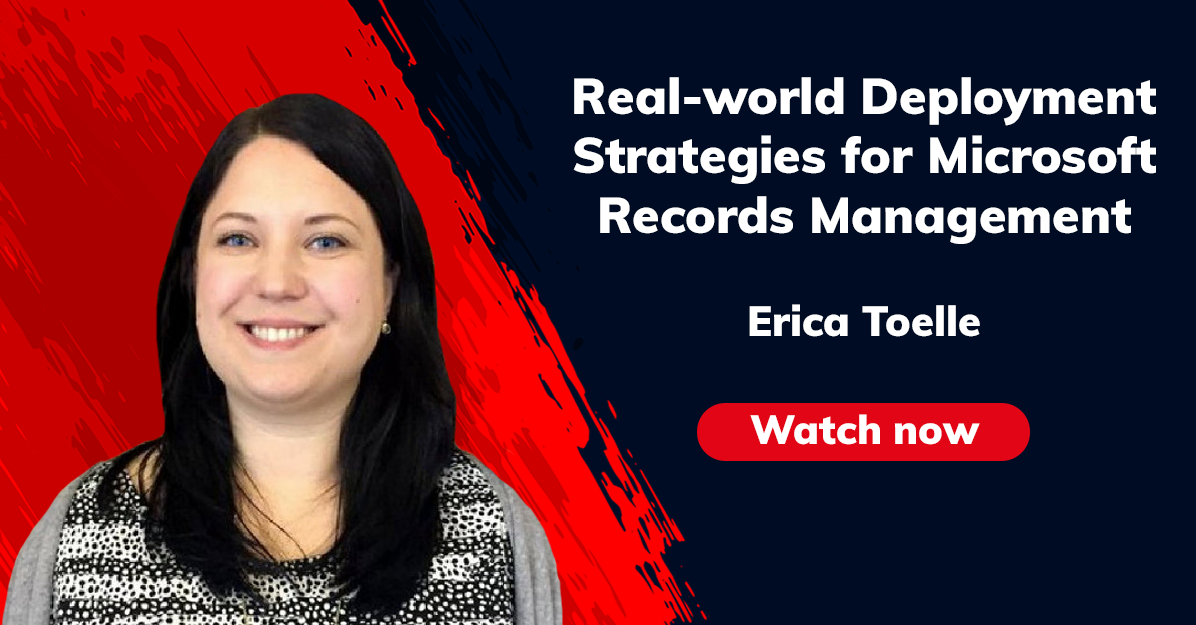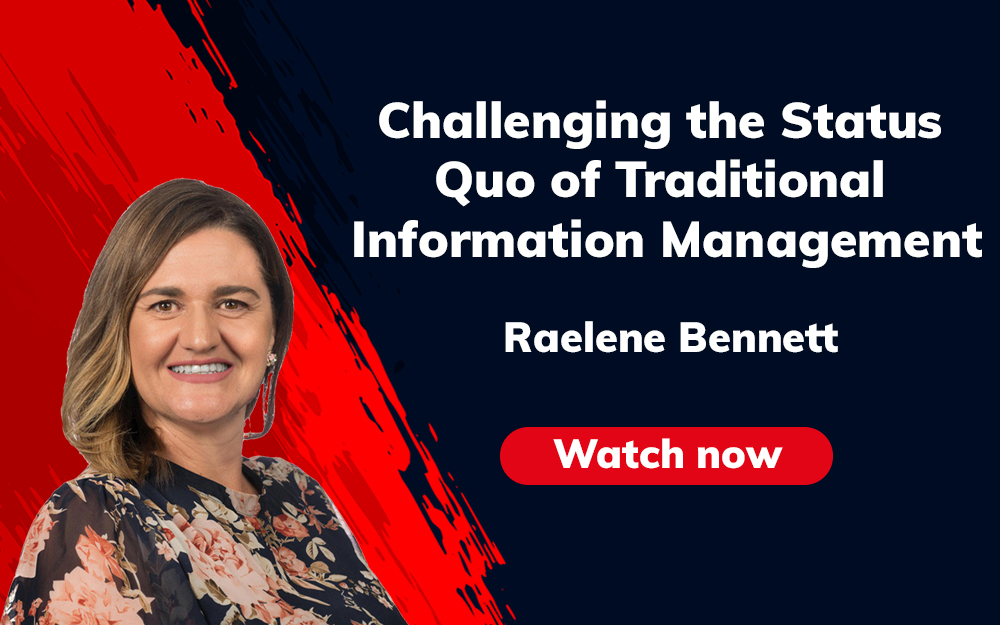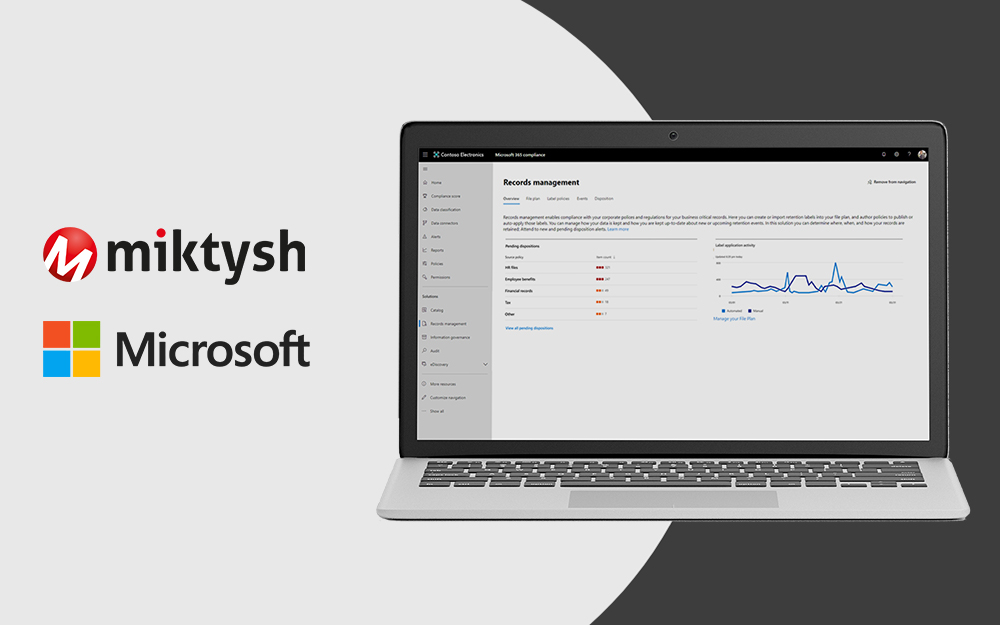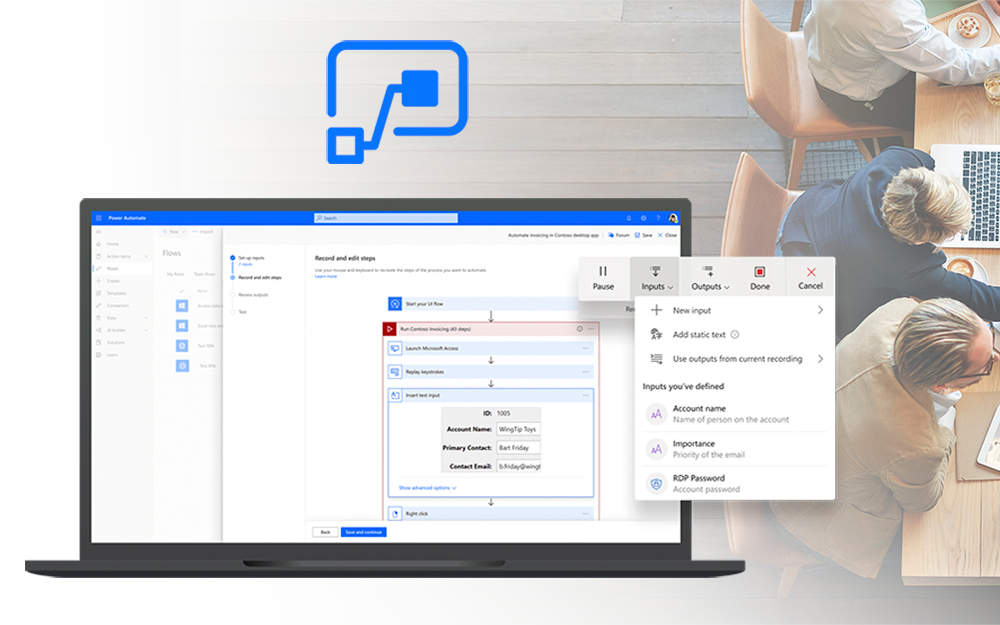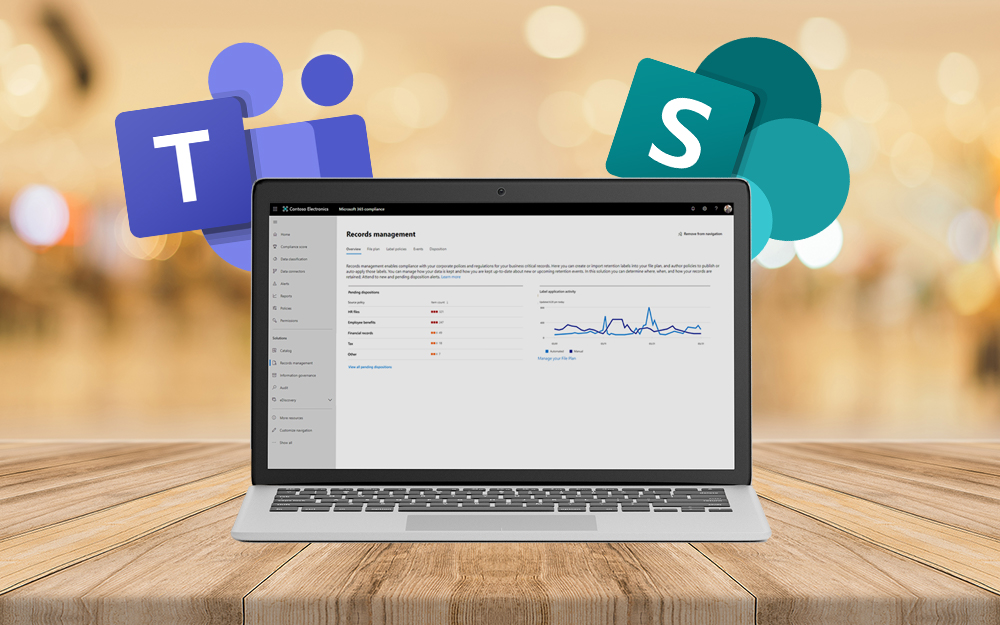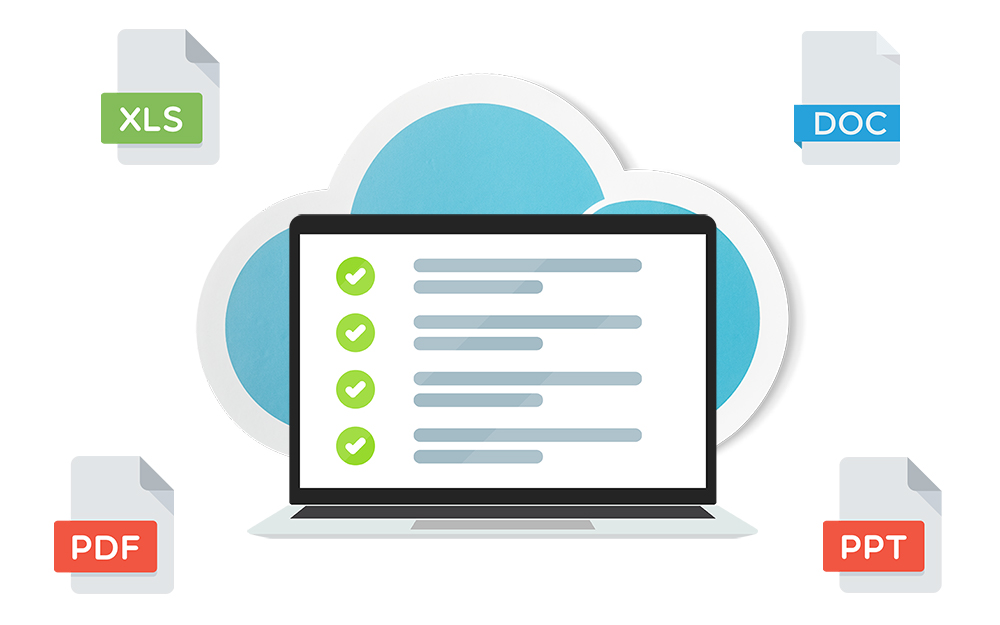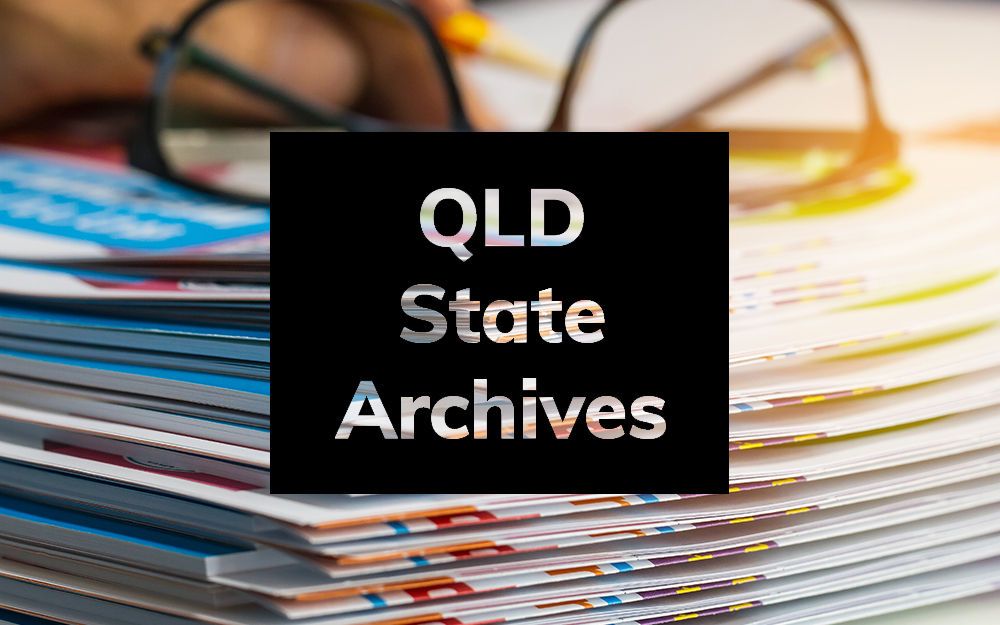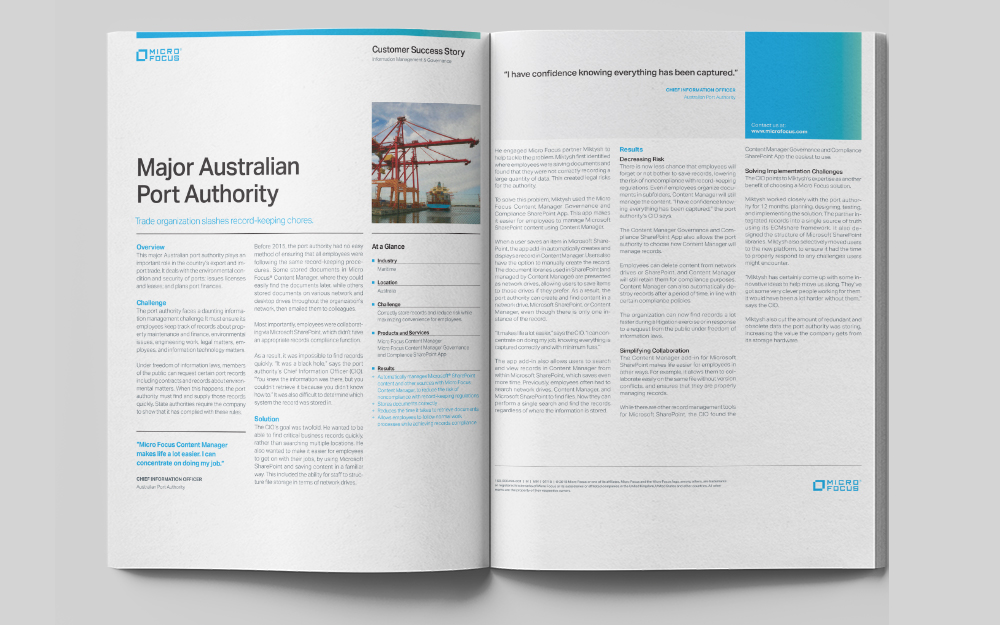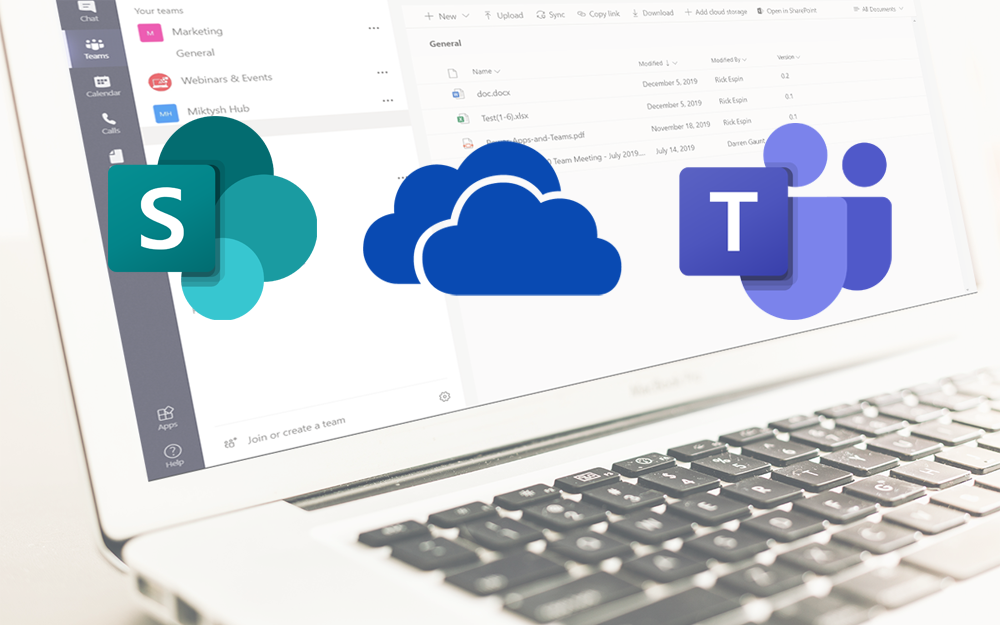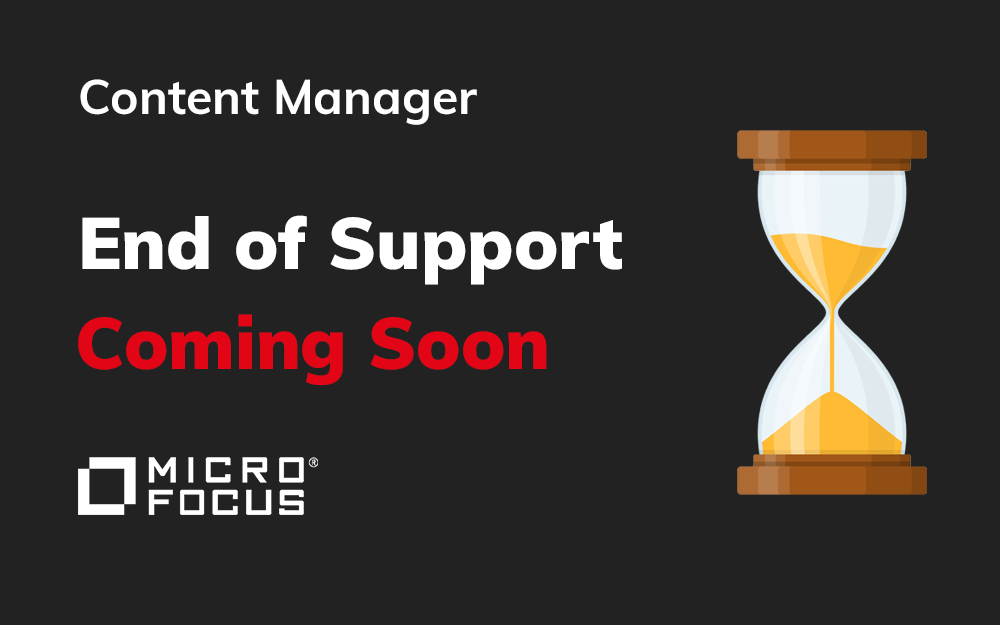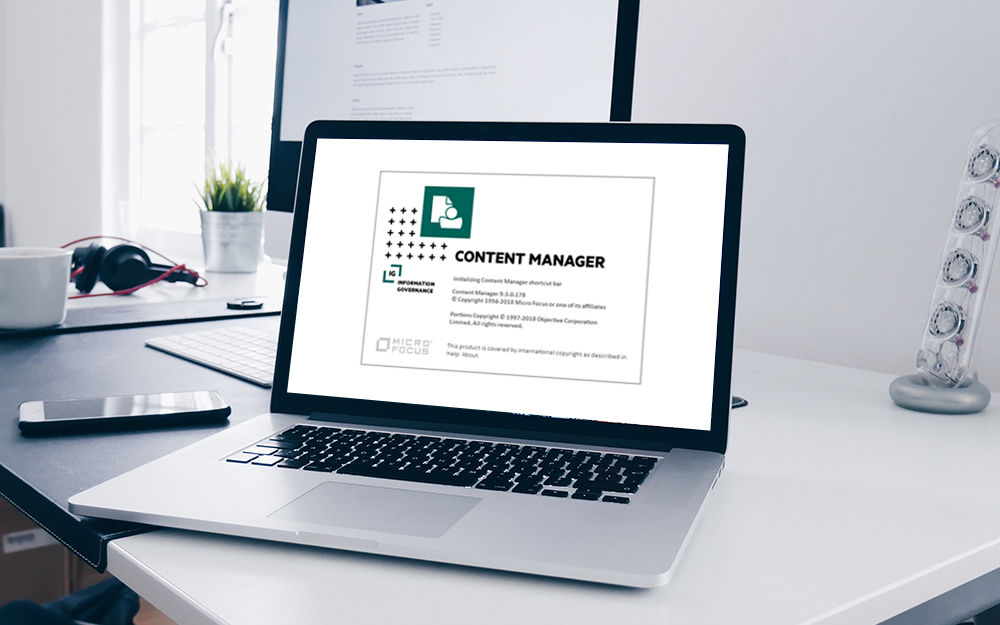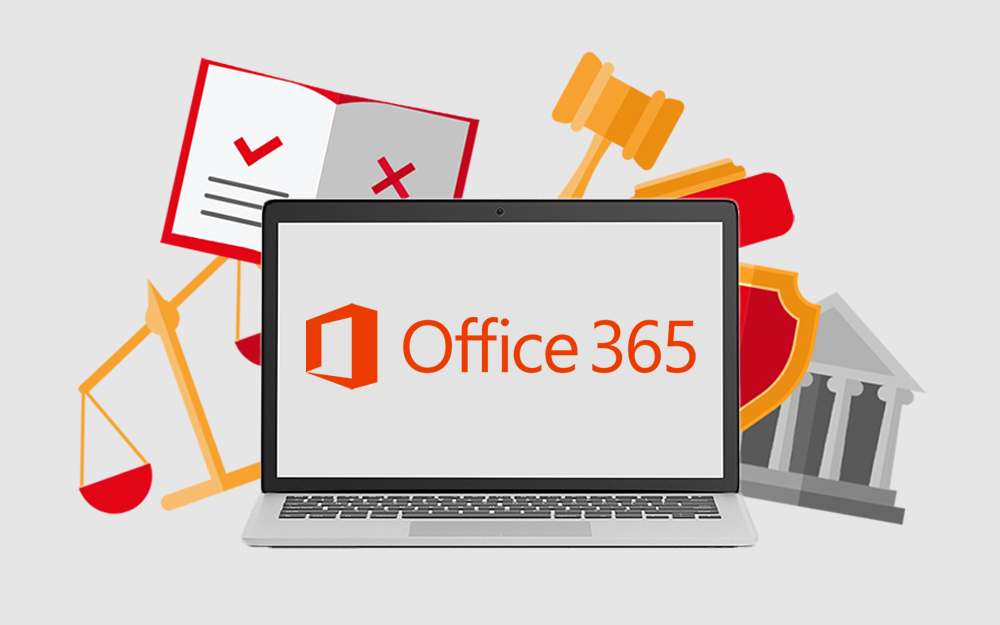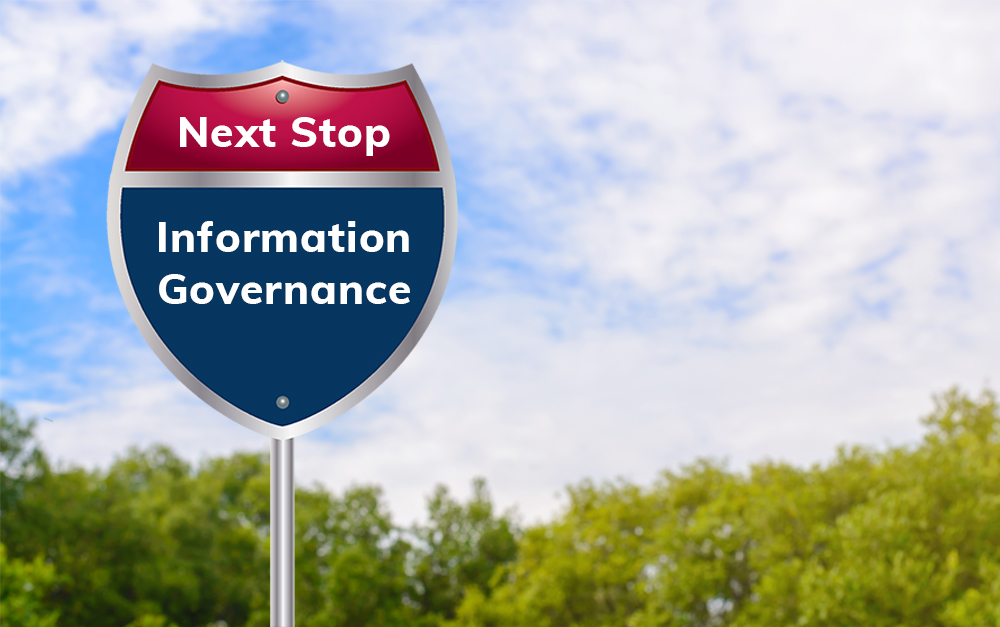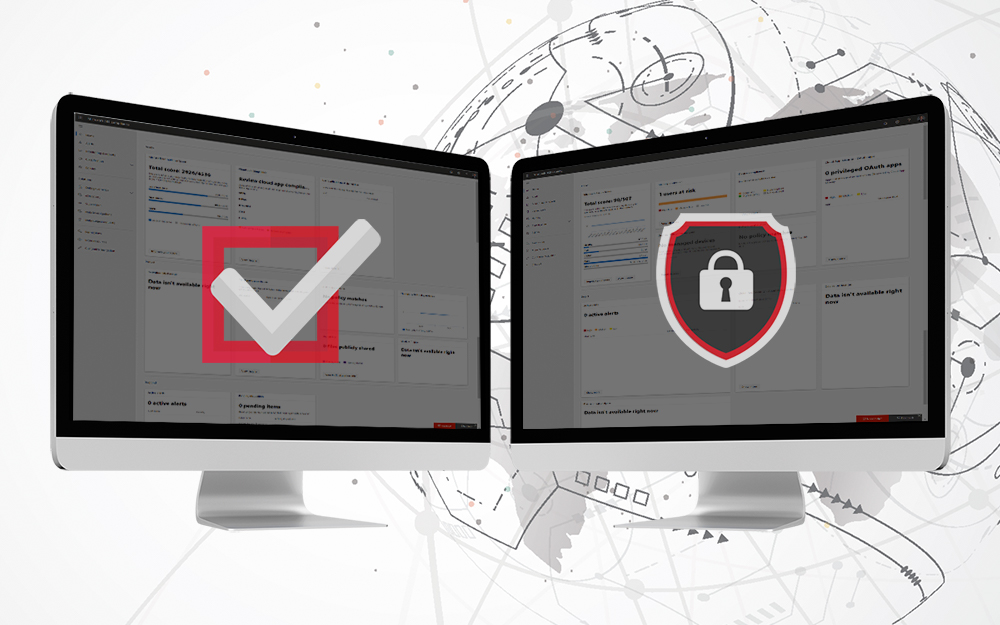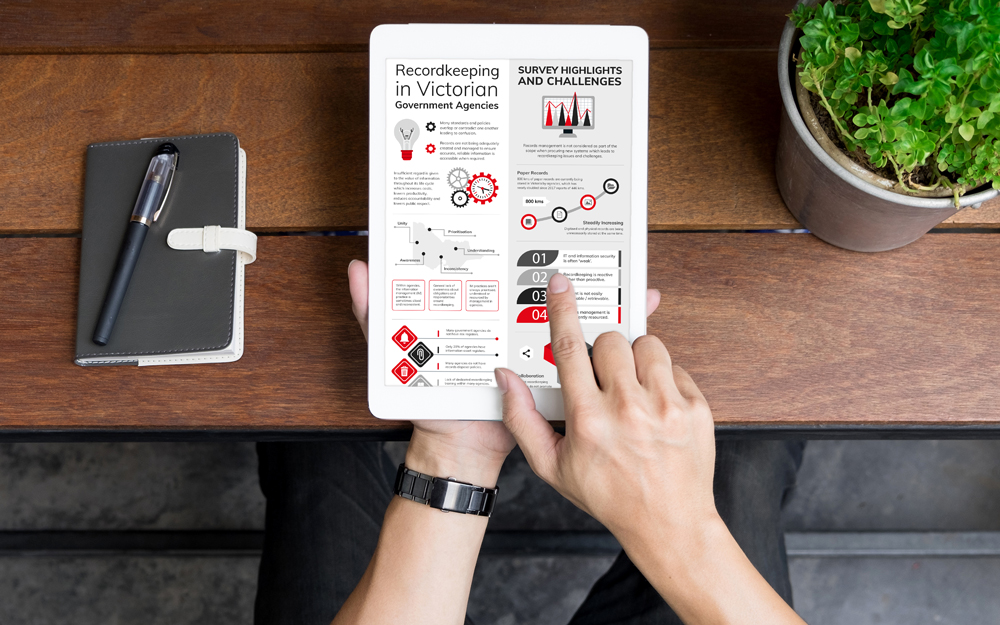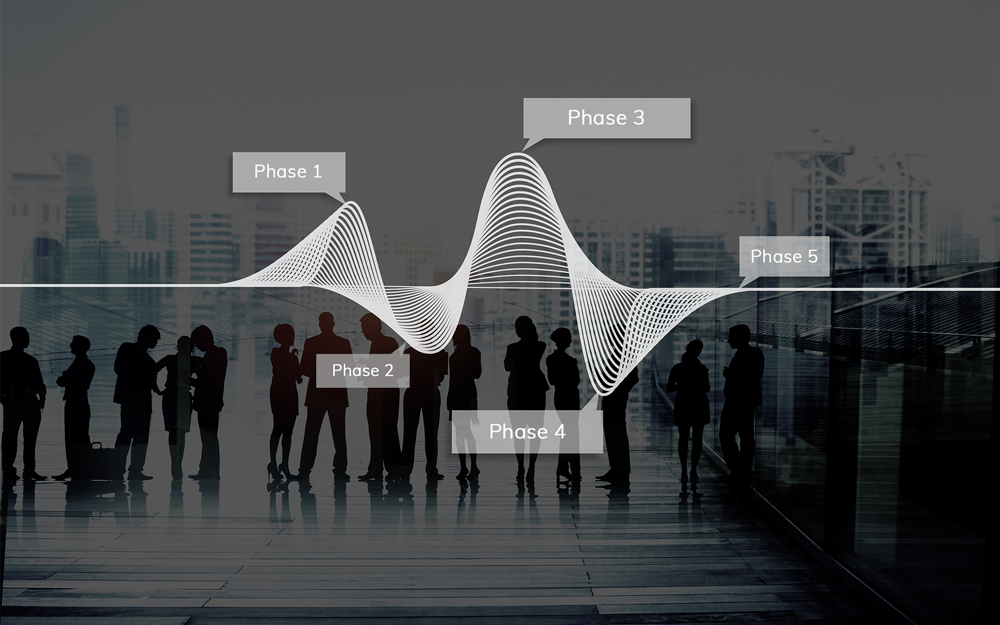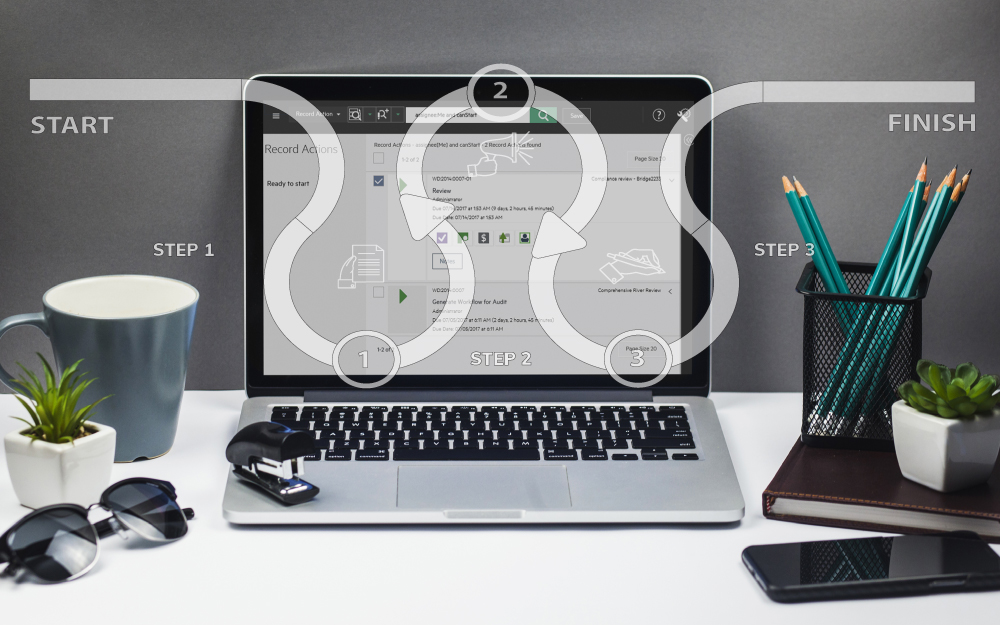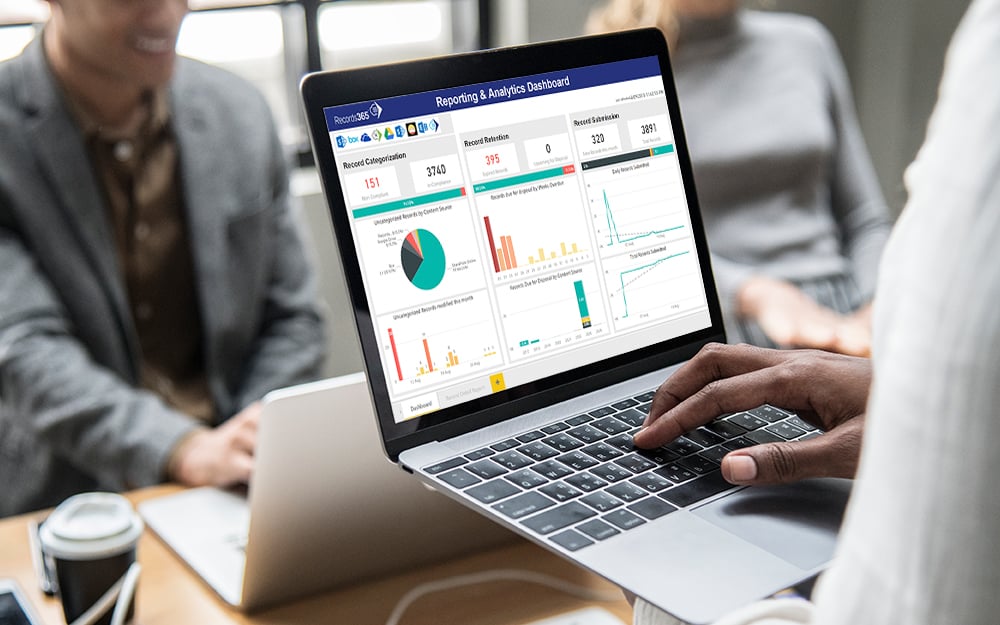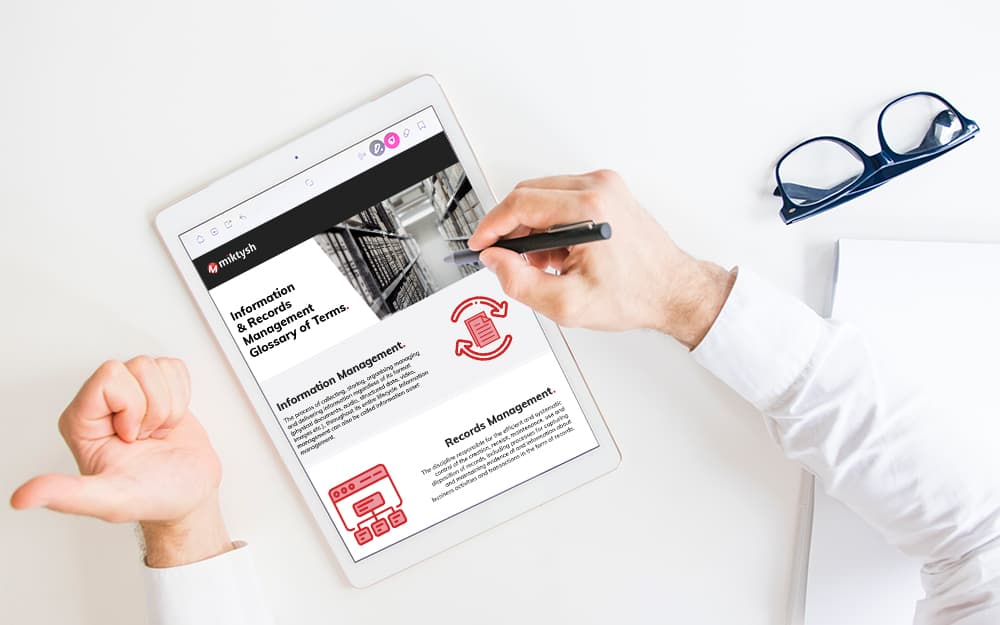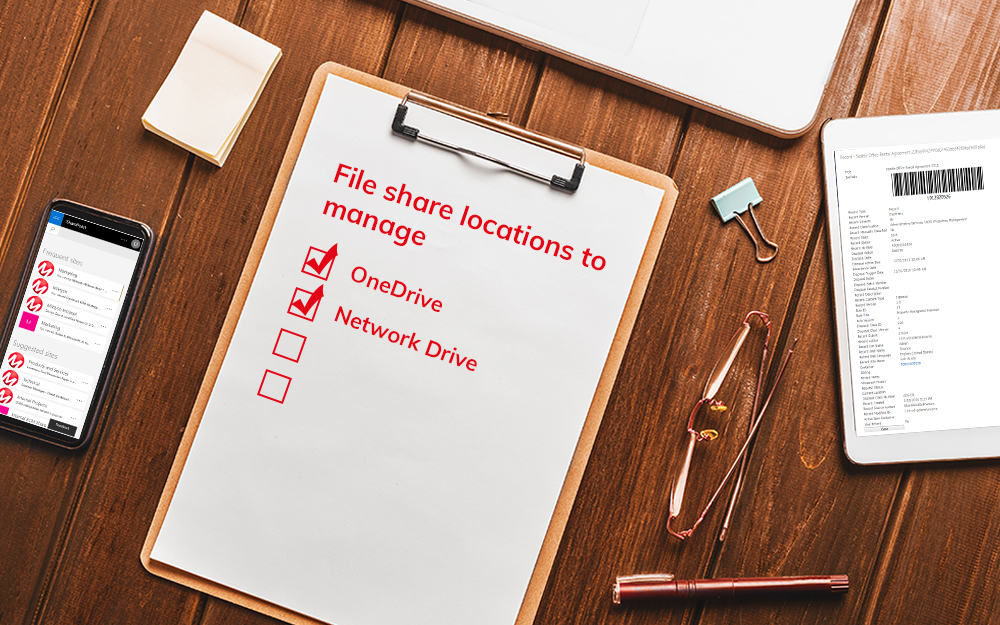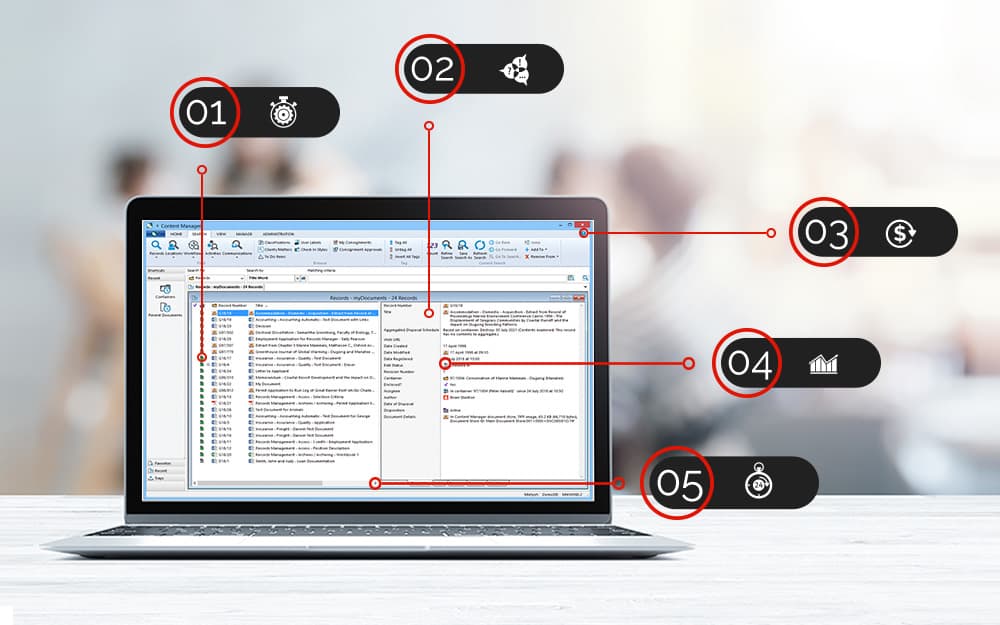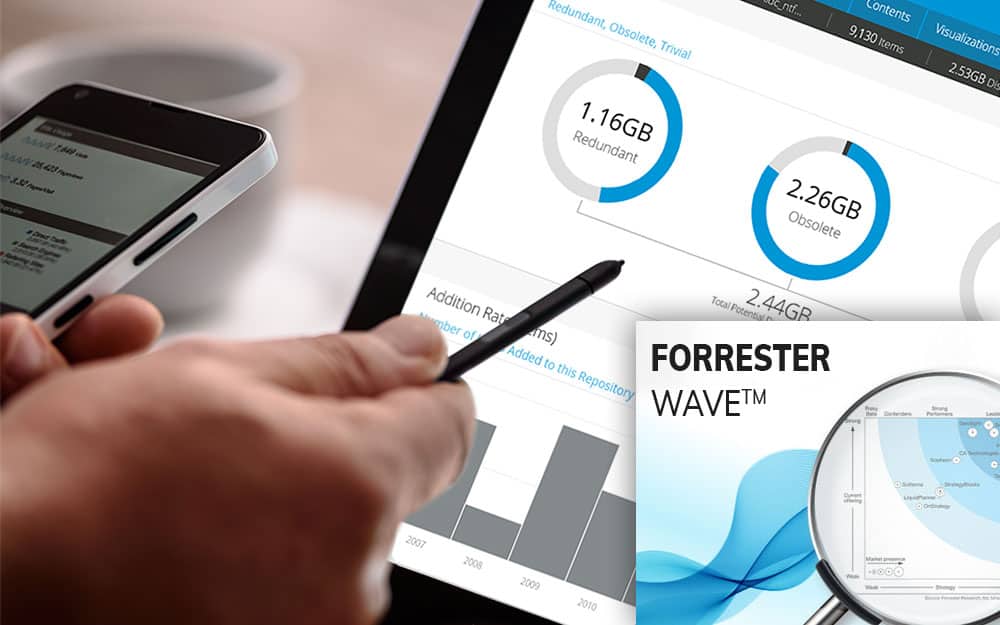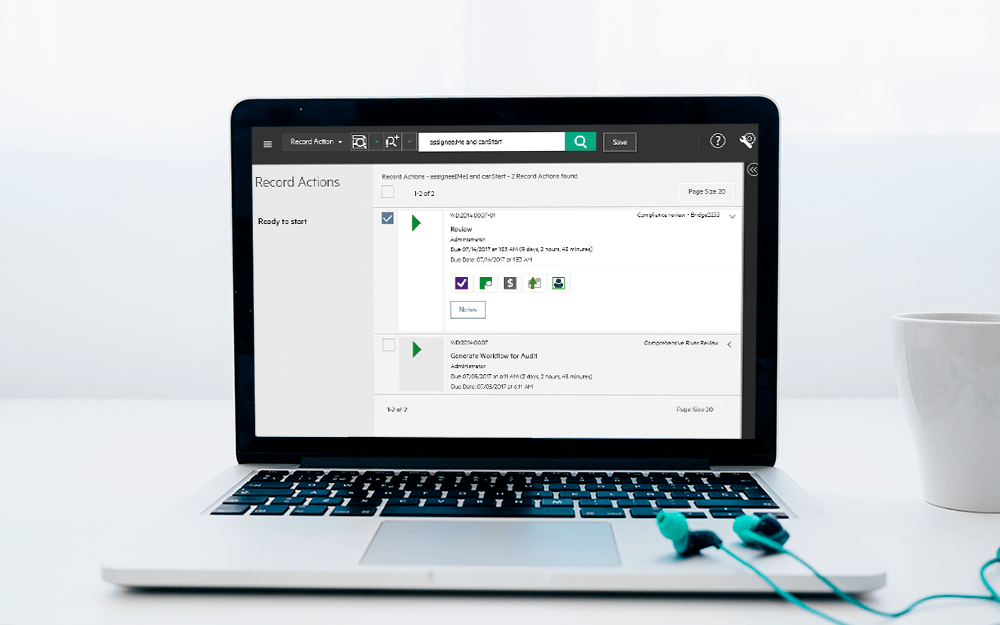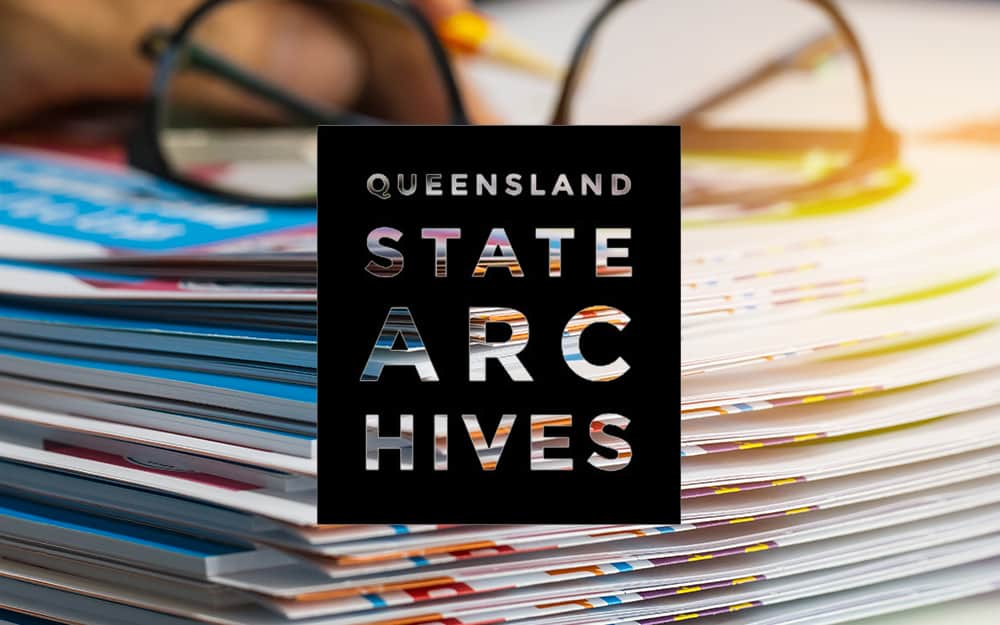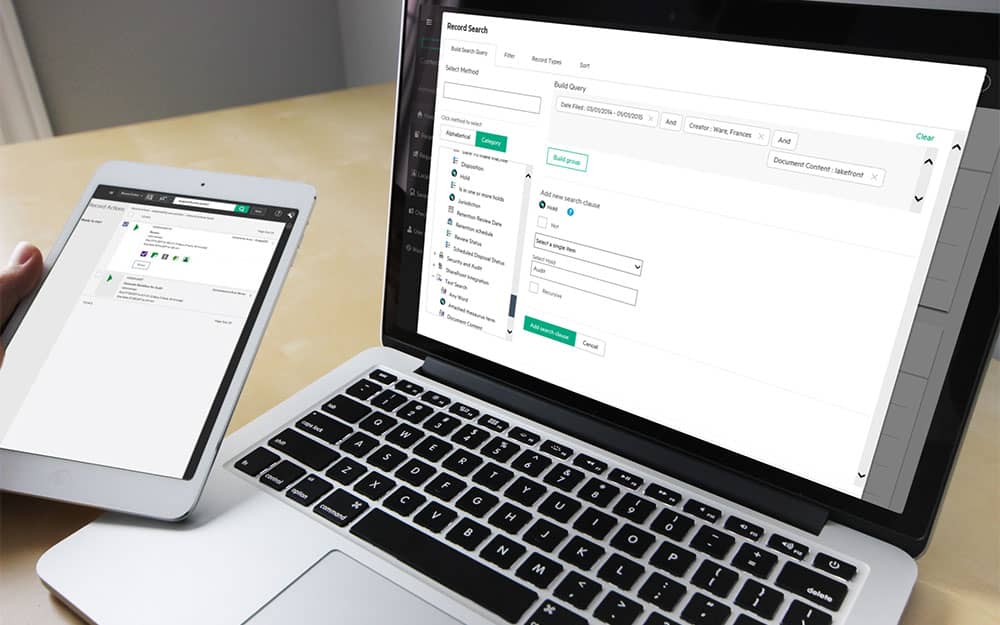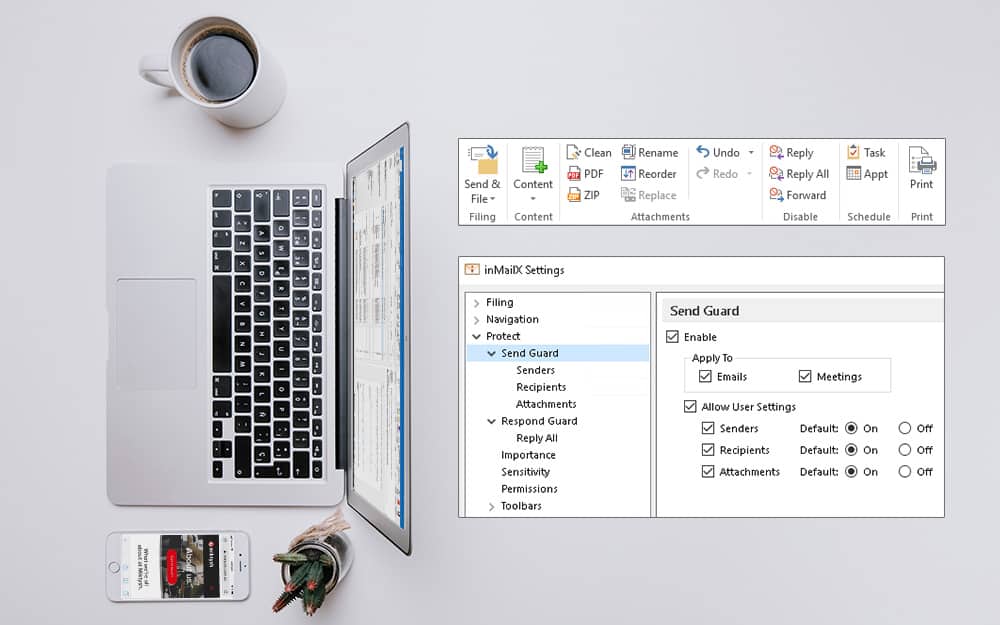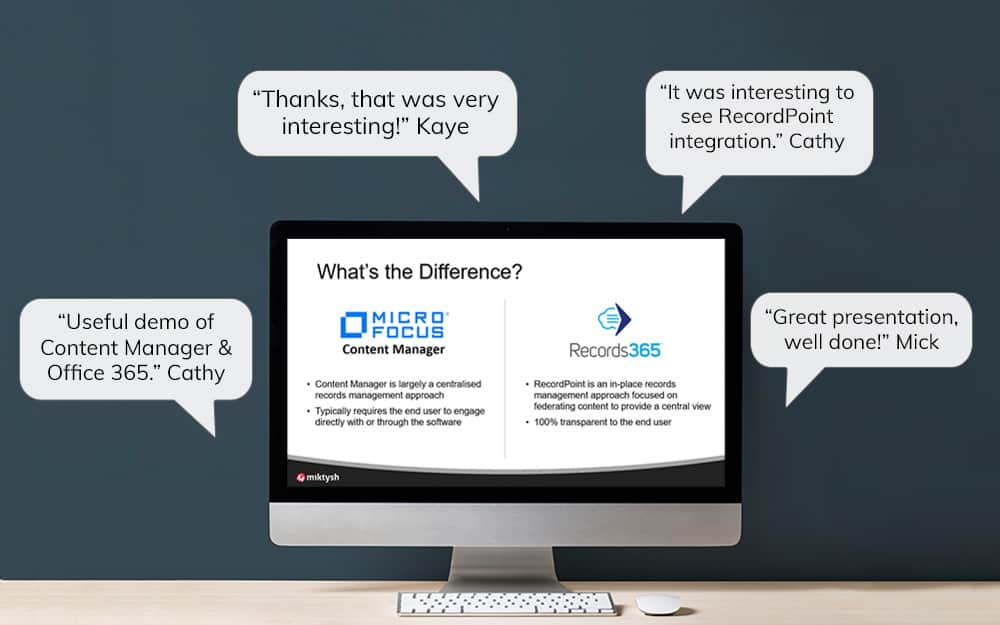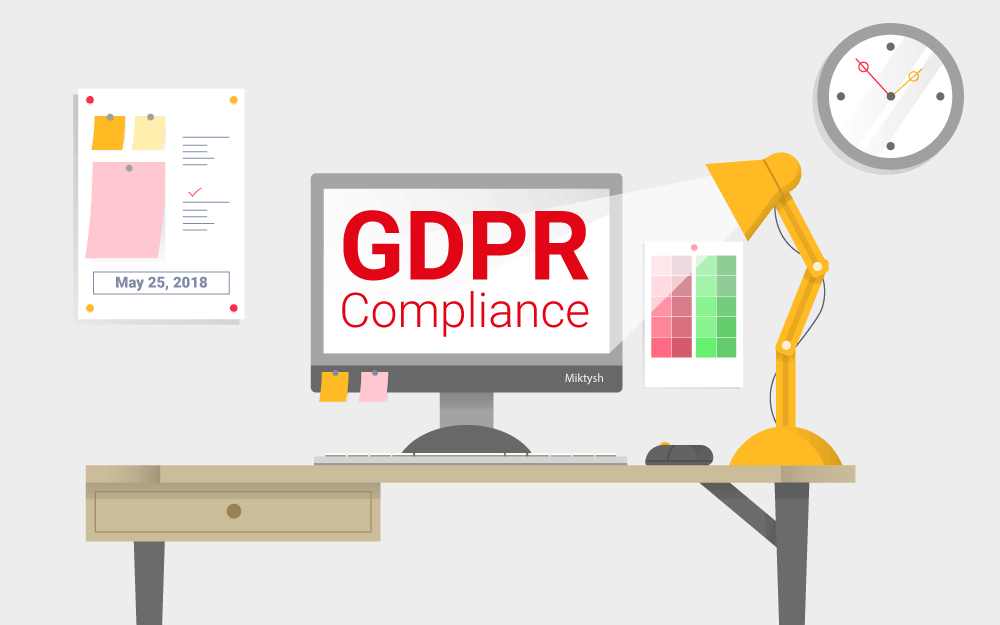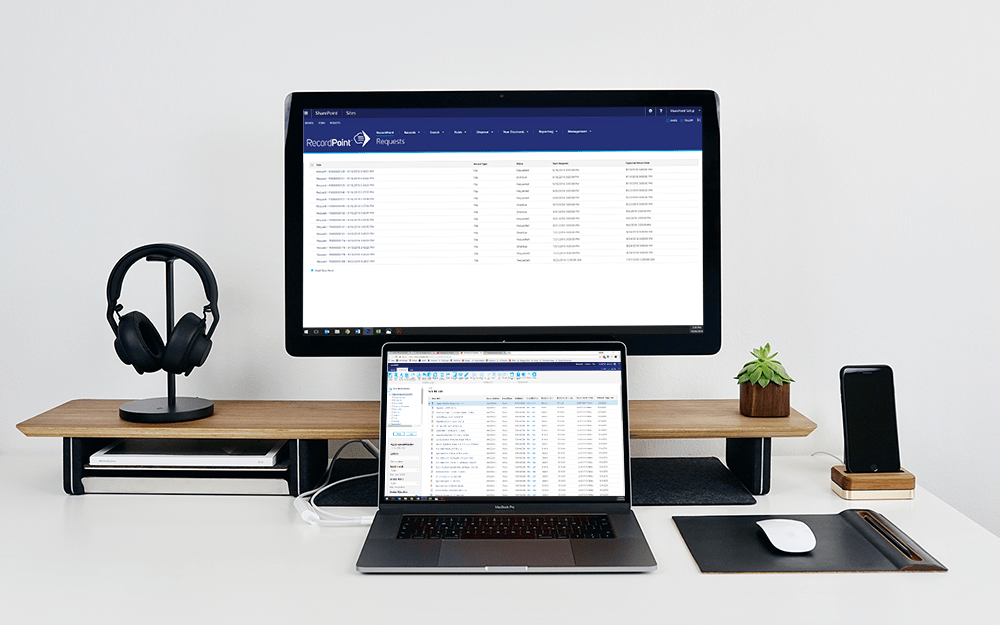Miktysh Blog.
Your go-to source for everything records management, eDRMS, Office 365, TRIM/Content Manager, RecordPoint, AvePoint, and EncompaaS related.
Categories
Topics
SharePoint Information Architecture: Best Practices and Tips
Jul 11, 2023 | Information Management, SharePoint
One of the hardest things about the global covid 19 pandemic is that it’s changed so much of our lives.
In particular, it has changed how we work. Just as businesses have had to adjust to the new realities of a post-covid 19 world, so too has technology. And one of the biggest changes is in how we use Microsoft 365 and SharePoint Online.
Many businesses as a reaction to the global covid 19 pandemic implemented SharePoint Online and Teams as part of their Microsoft 365 offering without taking the time to consider how their users navigate, search and structure their content. This is where the need for developing a SharePoint Information Architecture Framework comes into play.
SharePoint is a powerful platform for managing and sharing information within an organisation. However, without a well-planned information architecture, SharePoint sites can quickly become cluttered and difficult to navigate which makes it hard for users to find the information they need – and in a way that makes senses for them.
What is Information Architecture?
Information architecture (IA) is the practice of organising and structuring information in a way that makes it easy to find and use. In the context of SharePoint, IA involves designing the navigation, site structure, and content organisation to ensure that users can quickly locate the information they need.
The building blocks of SharePoint IA are:
- Hub Sites
- Sites
- Libraries
- Folders
- Content Types
- Metadata
- Managed Metadata
Best Practices for SharePoint Information Architecture
Start with a Plan
Before you start building your SharePoint site, take the time to plan out your IA. Identify the main categories of information that you need to organise, and determine how they should be structured. To achieve this, the first step is to lay out an overall vision/strategy for your SharePoint environment. The most successful implementations take the time to understand what content and functionality are most important for the end users and the organisation.
Once you have an overall vision for your SharePoint environment, you can begin to plan the structure of your site. This will help you determine what information should go where and how it should be organised.
Design Site Hierarchy
Firstly, you need to map out your site hierarchy. In previous versions of SharePoint, the SharePoint architecture was typically built using a hierarchical system of site collections and sub-sites, with inherited navigation, permissions and site designs. This was difficult to change and maintain. SharePoint now has a flat structure where you connect sites and content to each other via Hubs, site navigation, inline hyperlinks, web parts and highlighted content. This now allows you to easily archive, delete, move content around and change your navigational structure with minimal impact.
Design Navigation
Next, you need to design your different levels of navigation. In modern SharePoint, there are three levels of navigation that you need to think about. The global navigation for your entire collection of sites that comprise your intranet, the hub navigation for groups of related sites and your local navigation which is related to the navigation of an individual site.
Use Descriptive Labels
When naming sites and libraries, use descriptive labels that clearly indicate the content within. Avoid acronyms or abbreviations that may not be familiar to all users.
Implement Metadata
Metadata is data that describes other data, such as tags or keywords. Metadata allows users to search and filter content based on specific criteria, so they can find what they need quickly.
Regularly Review and Update
As your organisation grows and changes, you’ll need to update your SharePoint IA. Review your IA regularly to ensure that it works well and continues to meet the needs of its users.
Tips for Effective SharePoint Information Architecture
Use a Consistent Navigation
It’s important to be consistent when organising your navigation. Use the same structure throughout your site so that people know where things are and find what they’re looking for more easily. Also, don’t follow the organisation’s structure. It is best practice to structure your sites around the organisation’s functions, processes and then activities.
Consider User Roles
Different users within your organisation may have different needs when it comes to accessing information. If you have different user roles, consider creating separate sites or libraries for each role.
Leverage Templates
Use SharePoint’s templates to create sites and libraries quickly, so that you can ensure consistency in your IA design.
Provide Training to your Users
Even the best-designed SharePoint IA won’t be effective if users don’t know how to use it. Provide training and resources to help users navigate and find the information they need within SharePoint.
Conclusion
Effective SharePoint information architecture is critical for ensuring that users can quickly and easily find the information they need. By following best practices and implementing these tips, you can create an IA that meets the needs of your organisation and helps to improve productivity and collaboration.
Miktysh staff are experienced in SharePoint IA design and can help your organisation create an optimal information architecture. If you’re interested in learning more, contact us today!

Liza Tinker
Business Consultant
Liza is a SharePoint consultant with over 15 years’ experience in the private and public sector in the use and delivery of SharePoint and other collaboration solutions using Microsoft 365. She is passionate about technology and improving productivity and quality through collaboration and innovation.
Follow us on social
Popular content.

Analytics Driven Information Governance
14.07.2021

The New Normal Requires Zero Trust
27.06.2021
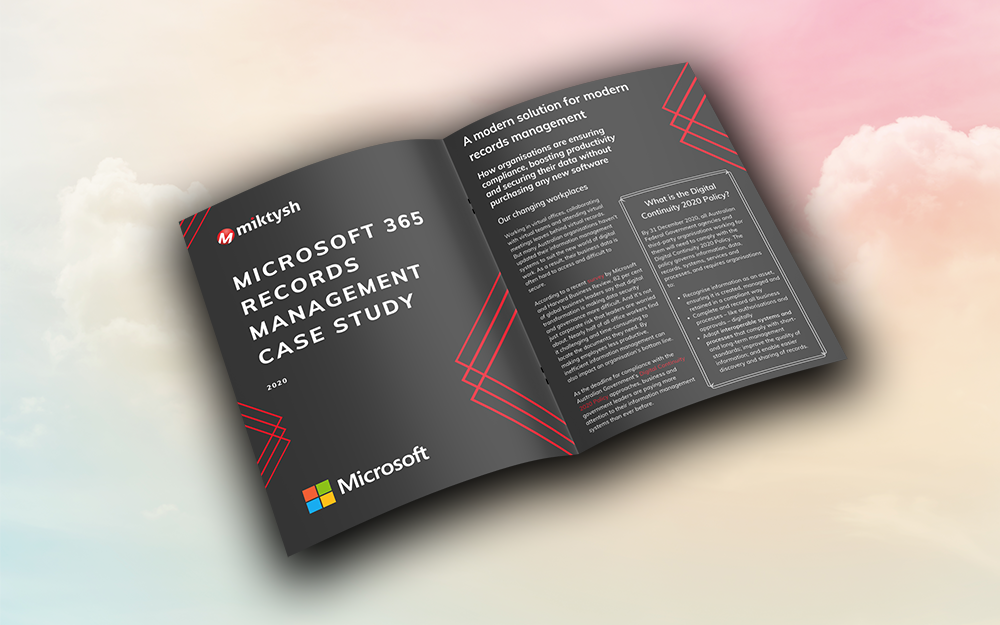
Microsoft 365 Records Management Whitepaper
06.11.2020

Micro Focus Launches Content Manager Select
28.05.2020
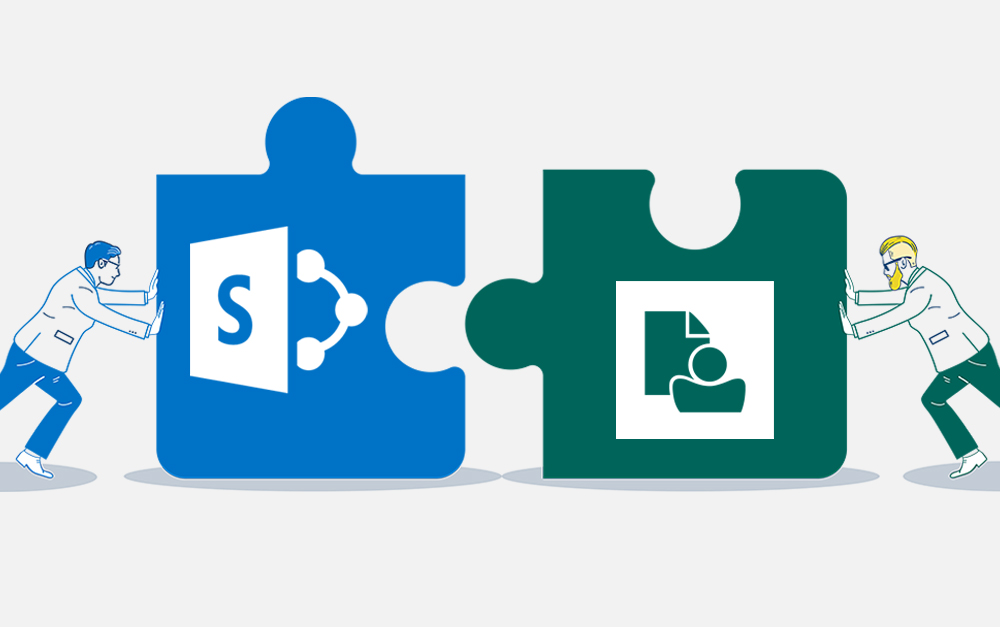
Content Manager SharePoint Integration Demo
20.05.2020

Top 7 Hidden Features in Microsoft Teams
11.02.2020
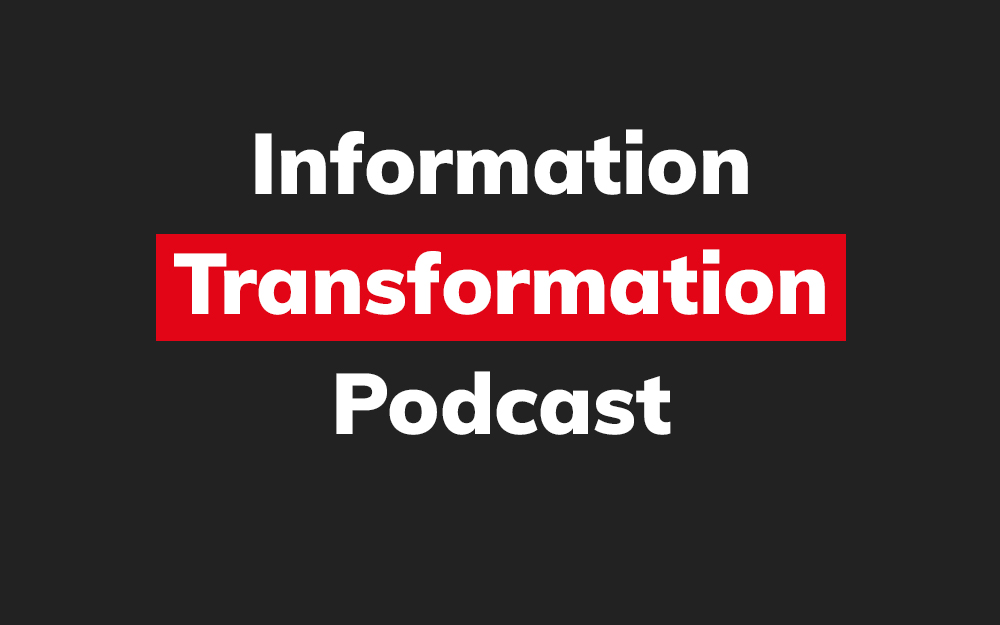
Integrate Content Manager with SharePoint
15.01.2020

Information Management Strategy Example
06.12.2019

How to Approach a Digital Transformation
13.11.2019
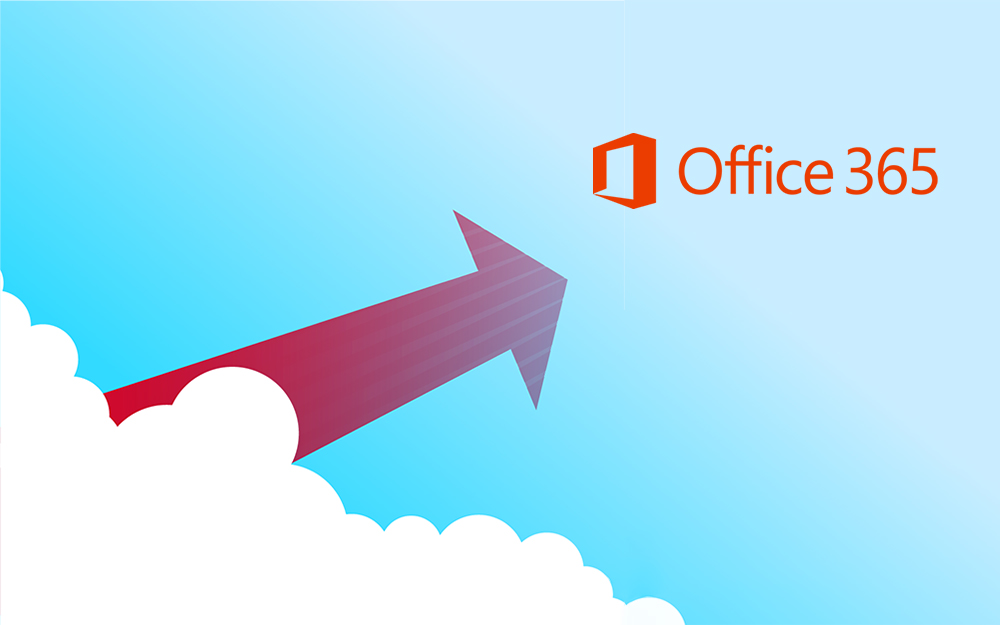
Top 5 Benefits of Migrating to Office 365
10.10.2019
Content Manager 9.4 Web Client
19.09.2019

Content Manager 9.4 Sneak Peek – Video Demo
02.09.2019

What Version of SharePoint is on Office 365?
27.06.2019
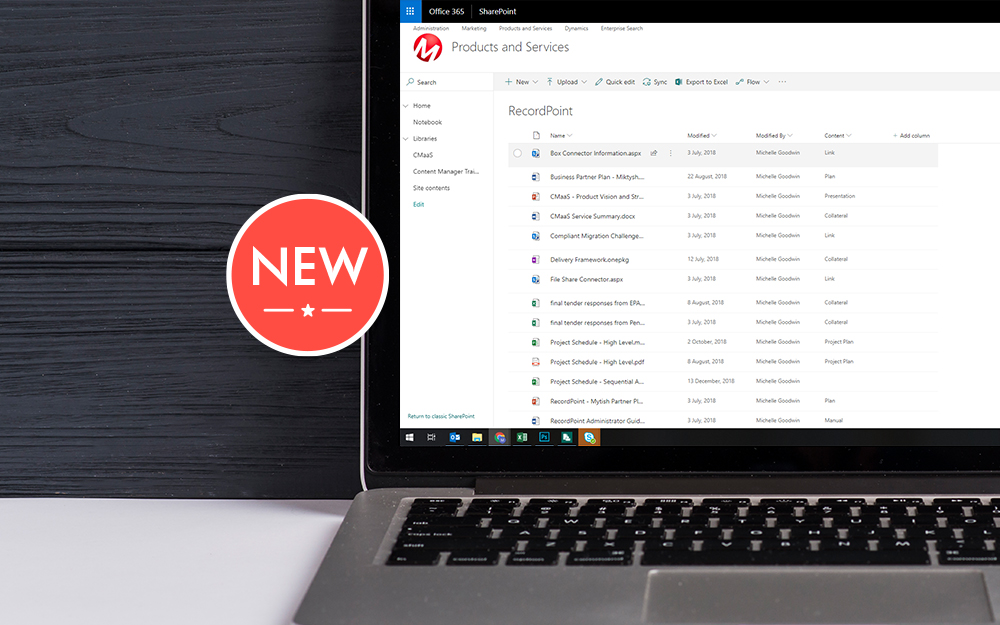
New SharePoint 2019 Features
08.03.2019

Data Migration Validation Best Practices
08.02.2019

Cloud Governance – RIMPA Queensland Event
27.09.2018

RecordPoint Records365 Demo
09.05.2018

How RecordPoint Enhances Office 365
09.05.2018

6 GDPR Tools to Assist with GDPR Compliance
17.04.2018

Analytics Driven Information Governance
14.07.2021

The New Normal Requires Zero Trust
27.06.2021

Microsoft 365 Records Management Whitepaper
06.11.2020

Micro Focus Launches Content Manager Select
28.05.2020

Content Manager SharePoint Integration Demo
20.05.2020

Top 7 Hidden Features in Microsoft Teams
11.02.2020

Integrate Content Manager with SharePoint
15.01.2020

Information Management Strategy Example
06.12.2019

How to Approach a Digital Transformation
13.11.2019

Top 5 Benefits of Migrating to Office 365
10.10.2019
Content Manager 9.4 Web Client
19.09.2019

Content Manager 9.4 Sneak Peek – Video Demo
02.09.2019

What Version of SharePoint is on Office 365?
27.06.2019

New SharePoint 2019 Features
08.03.2019

Data Migration Validation Best Practices
08.02.2019

Cloud Governance – RIMPA Queensland Event
27.09.2018

RecordPoint Records365 Demo
09.05.2018

How RecordPoint Enhances Office 365
09.05.2018

6 GDPR Tools to Assist with GDPR Compliance
17.04.2018

ISO 16175

ISO 15489

ANSI

IS40
Records Management Across Platforms.
Related Products
Complementary Products for Micro Focus Content Manager.
Complementary Products for Micro Focus Content Manager.
